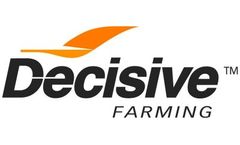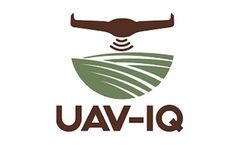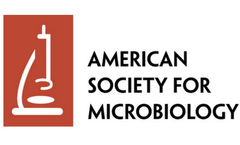Crop Of Robots Heads Articles & Analysis
7 articles found
Selecting a Drone to Meet Your phenotyping Needs: As drones have become better, less expensive, and easier to use, more researchers have been incorporating them into their trial assessment programs. The new generation of drones are bringing more capacity to assess new and previously inaccessible traits such as wheat head count, flower/fruit counting and classification, and phenological stage ...
ByHiphen
Maximize your pre-harvest window, prep strategically for harvest with farm management software As a farmer, you oversee several things at once so it can be tough to decide which hat to wear and when. At any given time, you’re executing crop management tasks, including spraying or scouting, monitoring inputs and equipment needs across all those acres, scheduling who’s doing what and ...
This article was initially published on Freshfruitportal.com. Environmentally sustainable agriculture is not only a way to meet new customer demands or to respond to increasing pressure from regulators. Many growers implement more environmentally sustainable practices first and foremost because they believe it is the most effective way to grow food in an economically viable way, whether or not ...
With wheels no bigger than a go-kart and a squat square chassis that weighs 200kg, the future of farm robotics looks like a midget by the standards of modern tractors. Yet the diminutive platform, called Thorvald, is the size of things to come, according to British scientists pioneering autonomous farming. Smaller robots are safer in the event of a malfunction and they do not compact the soil ...
For the 193 national delegations gathering in Copenhagen for the U.N. Climate Change Conference in December, the reasons for concern about climate change vary widely. For delegations from low-lying island countries, the principal concern is rising sea level. For countries in southern Europe, climate change means less rainfall and more drought. For countries of East Asia and the Caribbean, more ...
Gibberella zeae is one of the most devastating pathogens of barley and wheat in the United States. The fungus also infects noncereal crops, such as potatoes and sugar beets, and the genetic relationships among barley, wheat, potato, and sugar beet isolates indicate high levels of similarity. However, little is known about the toxigenic potential of G. zeae isolates from potatoes and sugar ...
This study examined the nature and extent of the agricultural biotechnology R&D and innovations in Nigeria. Data were collected from the Directors, Heads of Crop Units and Research Scientists in the agricultural research institutes using structured and unstructured questionnaires and interview schedules. The data collected were analysed using frequencies, means and percentages. The study revealed ...







